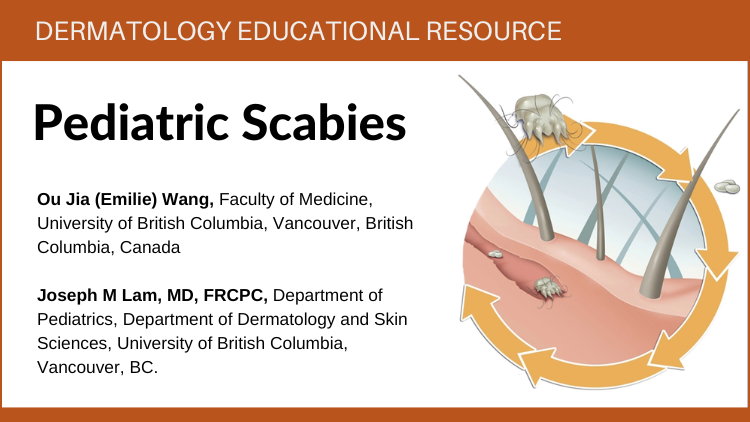Siobhan Ryan, MD, FRCPC, Dermatology Daycare & Wound Healing Centre, Womens College Campus, Sunnybrook & Womens College Health Sciences Centre, Toronto, ON.
Itch in the older patient is a common complaint, and one that must be approached in a systematic manner to determine the etiology. Deciding if the itchy older patient fits into one of two categoriesitchy with a rash, versus itchy without a rashwill often help to establish the cause of the pruritus. Endogenous causes as well as exogenous causes of pruritus must be considered. Management depends on the etiology; however, regardless of the cause, control of xerosis and general skin care practices will help alleviate some of the distress of pruritus, especially in the aging population.
Key words: pruritus, itch, aging, skin assessment, scratching.
The itchy older adult represents a complex and somewhat convoluted path to diagnosis, and management may not always be that satisfying to the patient. However, there are a number of steps that can be followed in order to determine the etiology of pruritus in the older patient. A systematic approach to managing pruritus may lead to good symptomatic control, depending on the cause.
Pruritus, like pain, is a subjective and multifaceted symptom that can be affected by emotional, physiologic, environmental, cognitive and social factors, as well as comorbid illness and medications.1 These features must be kept in mind throughout the assessment of the pruritic patient.

